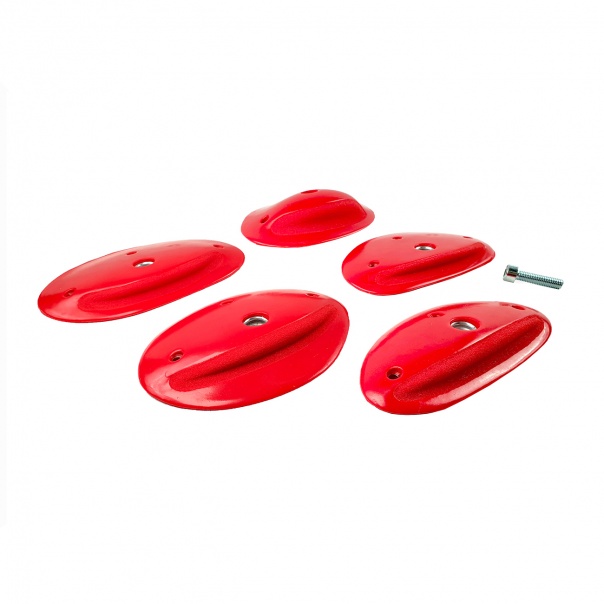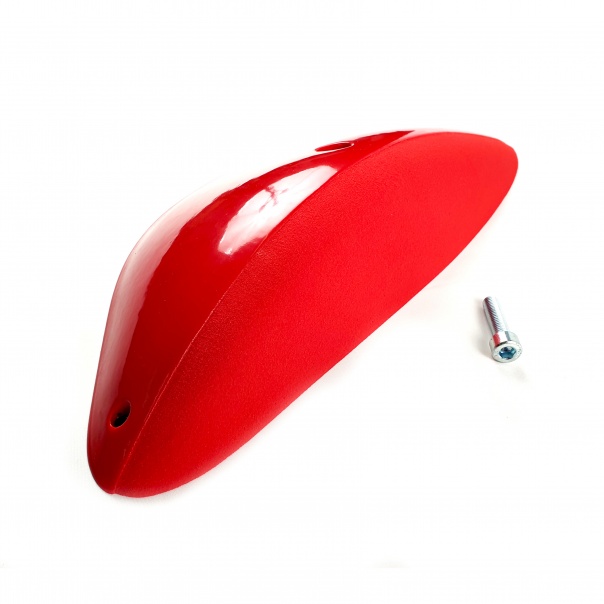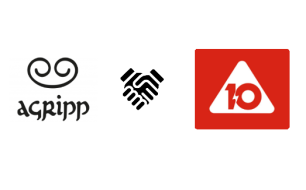Product successfully added to your shopping cart
Climbing is a sport that tests not only your physical strength but also your ability to understand and use different holds. Climbing holds vary in shape, size, and difficulty, offering climbers a rich and diverse experience.
Here, we present the types of holds you’ll encounter in a climbing gym, along with their specific characteristics and the challenges they present.
1. Jugs
Jugs are deep holds designed to be easily gripped without requiring significant effort. They are especially appreciated by beginners, as they provide a secure grip and allow for resting during the climb. Thanks to their welcoming shape, jugs are often used to introduce novices to the basics of climbing, offering a comfortable margin for practice.


2. Crimps
Crimps, also known as edges, are wide but shallow holds that form a 90° angle with the wall. They require climbers to have considerable strength in the first knuckle of their fingers. These holds are often challenging for intermediate climbers, as they demand precise technique and careful force management. Although less comfortable than jugs or handles, crimps are essential for developing a strong grip and precise control.
3. Slopers
Slopers are among the most technical holds and are often the least favored by beginners. These flat, slippery holds lack clear edges for gripping. The climber must use their entire hand, keeping it nearly flat against the hold. Here, brute strength isn’t the key; instead, it’s about maximizing the grip from the palm and fingers. Slopers require great sensitivity and excellent balance control, making their mastery challenging but rewarding.


4. Pinches
Pinches are holds with two opposing faces that are gripped by pinching with the fingers on one side and the thumb on the other. These holds require significant grip strength, making them less accessible to beginners. However, they are increasingly used in modern climbing gyms, offering experienced climbers an extra challenge and an excellent opportunity to build grip strength.
5. Pockets (Mono, Two-Finger, and Three-Finger)
Pockets are drilled holds that allow one, two, or three fingers to slip inside. These holds can strain tendons and pulleys, especially when using mono or two-finger pockets. Warming up your fingers is crucial before using them. Pockets require strong foot stability, as a slipping foot can cause injury. Additionally, climbers’ morphology plays a significant role: a challenging hold for one climber may be easier for another. To prevent injuries, it’s recommended not to grip pockets with a full crimp.
6. Handles
Though grouped with jugs, handles are distinct in design. They are shaped to be gripped like rungs of a ladder or door handles, offering a firm and stable grip. Unlike typical jugs, handles engage the thumb more, making them intuitive to use. They’re ideal for climbers who want to advance without worrying about complex techniques: grab the hold and think later!
By understanding the different types of climbing holds and training regularly on each, climbers can develop a versatile technique and adapt to all situations. Whether you’re a beginner or an experienced climber, mastering these holds is essential for progress and to make the most of every climbing session.



